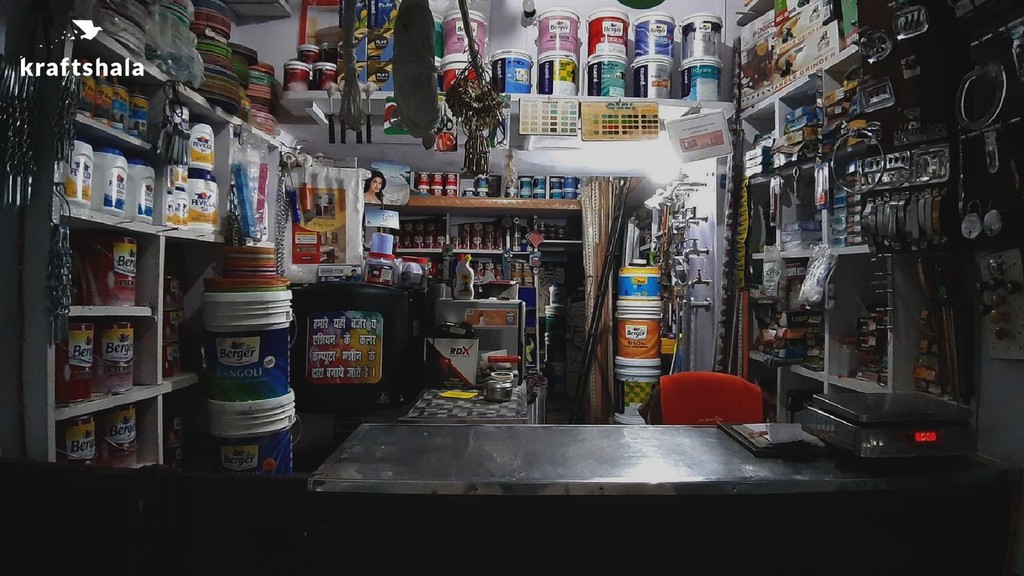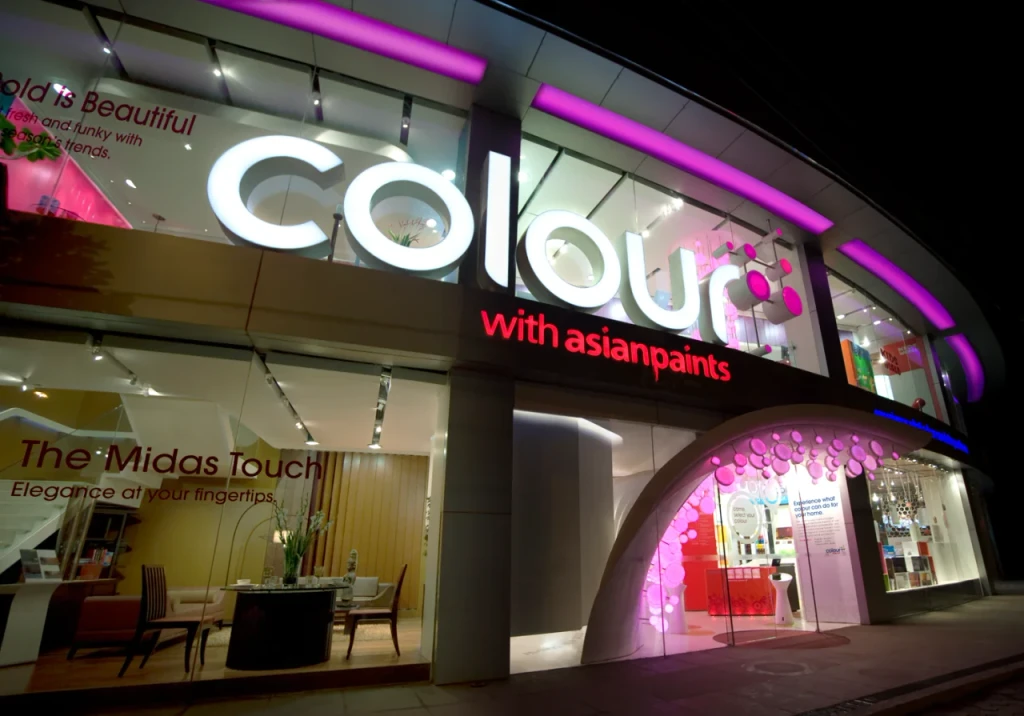Asian Paints Marketing Strategy: Decoding the Colour Experience Store by Asian Paints
- Asian Paints Marketing Strategy Decoded by Kraftshala Students
- Here’s a little backstory to the Indian Paints Category
- What do typical paint shops look like in India?
- What do Colour Experience Stores look like now?
- So, what was the insight that led to this transformation?
- Key Takeaways
Asian Paints Marketing Strategy Decoded by Kraftshala Students
To find out how Asian Paints’ marketing strategy helped the company solve its most pressing business issue, Kraftshala sent its students on a mission – The Reverse Marketing Mission. The students visited Asian Paints Colour Experience Store in Connaught Place, New Delhi to gain a first hand experience of how the company has brought evolution in this space.
Here’s a little backstory to the Indian Paints Category
In India, many people feel uneasy about painting their homes on their own. Doing it yourself (DIY) is often seen as something not very fancy or high-status. Interestingly, when it comes to buying paint, most homeowners prefer to let professionals, like contractors, handle the job rather than doing it themselves. This preference for hiring experts is quite common in the country. People tend to trust professionals when it comes to painting their homes.
What do typical paint shops look like in India?
Many paint stores are usually not so inviting – they’re dark, messy, and filled with tons of paint cans, making the shopping experience a bit gloomy.
Asian Paints, as a leader in this category, thought about how they could make things better. They realized that to grow, they needed to change. Instead of just being known for making paint, they wanted to be experts in making homes look great, inside and out.
So, Asian Paints decided to evolve. They wanted their stores to be more than just places to buy paint – they aimed for a welcoming space where people could find inspiration for decorating their homes. This way, the whole experience of shopping for paint became much more enjoyable and uplifting.
What do Colour Experience Stores look like now?
So, what was the insight that led to this transformation?
What our students discovered is fascinating – the store isn’t just about selling paint! Instead, it provides an engaging and educational color decorating experience. The products are showcased in everyday life situations, making it easy for customers to choose what suits their preferences. Right from the beginning, the store emphasizes what Asian Paints stands for – bringing colors into people’s lives and enhancing their experiences. The students get firsthand insights into how marketing works with real people, understanding the conversion process and deal-making.
The store employs technology to offer an interactive and personalized color solution. More importantly, it encourages customers to have fun with colors. The key here is that people are more likely to engage when you’re not pushing a hard sell but rather creating an enjoyable experience.
Asian Paints recognized that individuals desire their homes to mirror their personality and uniqueness. Many may not feel confident about their taste in aesthetics, and the store aims to address this by helping them express themselves through their homes.
Key Takeaways
Asian Paints, as a leader in its category, recognized the need for change to thrive. Instead of just selling paint, the company aimed to be a helpful guide in people’s journey to transform their homes. They wanted to offer more than just a product – they wanted to create an experience.
To achieve this, Asian Paints went beyond traditional approaches. They provided customers with free consultations with design experts and used special technology to show how their homes would look after painting. This meant customers could see the end result before even starting the work.
This customer-centric approach was all about giving people the confidence to truly express themselves through their homes. The strategy was not just about selling paint; it was about helping people create spaces that felt like their own.
















